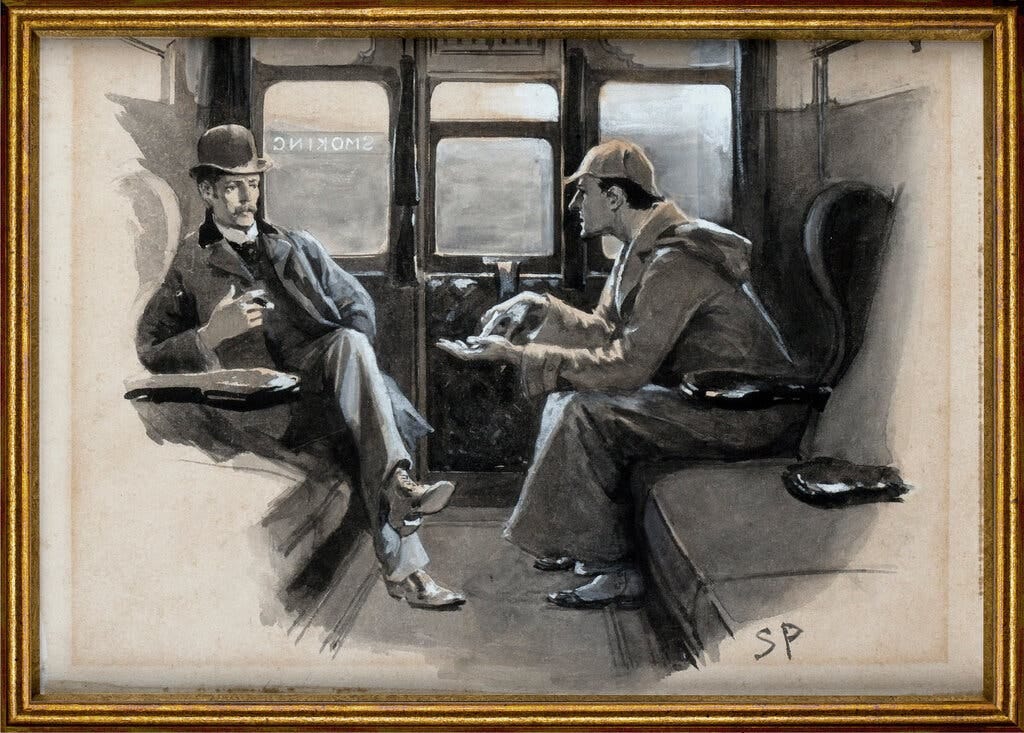
“All’s well that ends well, still the fine’s the crown;
Whate’er the course, the end is the renown.” — William Shakespeare, 1603 (All’s Well That Ends Well)
Keep reading with a 7-day free trial
Subscribe to Timeless & Timely to keep reading this post and get 7 days of free access to the full post archives.




